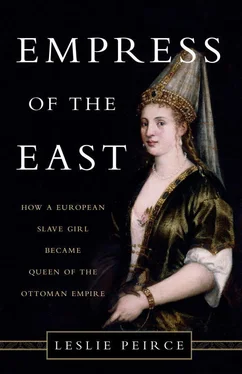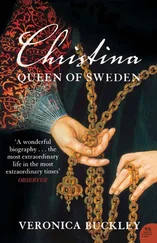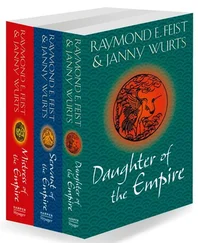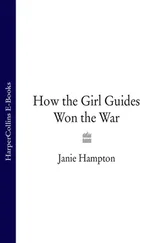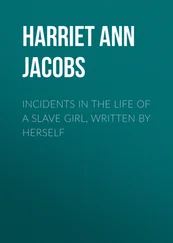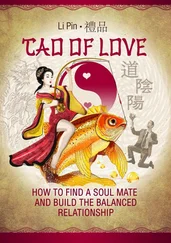More plausible assertions of Roxelana’s own origin came—and still come—from Ukraine and Poland. Neither claim negates the other, for she is widely thought to have been abducted into the slave trade from Ruthenia, a broad area that today encompasses western Ukraine but was then under the rule of the Polish king. [3] The term “Ruthenia” has shifted over time with regard to the regions it refers to.
Recently, with Ukraine’s achievement of independence from the Soviet Union in 1991, the new nation has embraced heroic figures from the past. In 1999, the town of Rohatyn, popularly alleged to be Roxelana’s birthplace, erected a lofty bronze statue of her atop a pedestal. [4] Halenko, “How a Turkish Empress,” 109–110; Yermolenko, “Roxolana in Europe,” 53.
(Rohatyn today is a town of close to 9,000 located some forty-five miles southeast of the historic city of Lviv.) Until more concrete proof surfaces, however, the assumption that Roxelana was taken from Rohatyn remains uncertain. But she is perhaps fortunate to have her memory localized and enshrined. Other well-known Ottoman concubine mothers seem fated to lack communities that might celebrate them.
While Roxelana’s Ruthenian origins seem reasonably certain, rumors about her birthplace gained traction because the precise origins of royal concubines were largely uncertain. The reason was that they were irrelevant. Natal loyalties had to be erased so that Christian captives could be turned into devoted servants of the Ottoman sultanate. And so slaves recruited to the service of the dynasty underwent a regime of intense instruction. Its goal was to render them speakers of Turkish, followers of Islam, and exemplars of Ottoman ritual and duty. Palace staff and teachers brought in from outside drilled Roxelana and her fellow recruits. Female slaves who would attend high-ranking women received more advanced instruction in dynastic etiquette. Especially well educated were candidates deemed eligible for the role of concubine, for their principal responsibility as future mothers would be to school their children to lead the empire.
The assertion of Roxelana’s Ruthenian roots came early in her career. In 1526, six years after she first became Suleyman’s concubine but before she was a widely recognized figure, diplomatic circles were informed that Suleyman now preferred a woman from Ruthenia. Pietro Bragadin, the Venetian Republic’s resident ambassador in Istanbul, described her as di nazion russa —of Russian origin—the word Rus then connoting Ruthenia. [5] Alberi, Relazioni , 3:102.
Bragadin was unlikely to report this fact without reliable confirmation by either someone serving in the imperial palace (perhaps a slave of Venetian origin?) or a trusted member of the embassy compound.
Because Venetian ambassadorial reports were consumed in Europe as models of diplomatic prose, the news of the sultan’s favorite would spread. [6] Valensi, Birth , 12–17.
When other Europeans in Istanbul began to notice and write home about her, they remarked on her “Russian” roots. The name Roxelana caught on when Austrian ambassador Ogier Ghiselin de Busbecq called her Roxolana , “the maiden from Ruthenia.” [7] Busbecq, Letters , 28.
His Turkish Letters , published in Latin in 1589, were widely read across Europe.
THE FATE OF the maiden from Ruthenia was entangled in the histories of several nations. Not only did the Ottoman sultanate figure in Roxelana’s destiny but so did the kingdom of Poland (from whose territory she was captured) and the Crimean Khanate (which did the capturing). More distantly, the ways of the Mongols and even the medieval empire of the Seljuk Turks before them echoed in Ottoman royal culture and a concubine’s place within it. Roxelana was only one of an enormous number of captives who passed through multiple hands in multiple lands, but her very journey seems to have catalyzed an innate sense of survival. The harsh conditions of the slave trade would teach her to fasten onto whatever element in the political repertoires of the region came to hand.
The line between raiding as an economic staple and the common practice of taking prisoners in warfare had always been a thin one among peoples of the Eurasian steppe. From the late fifteenth century onward, Ruthenia was among the regions ravaged by slave raids. The chief perpetrators of these sometimes massive expeditions were the Tatars of the Crimean Khanate. They were hardly the first to profit from the slave trade, a feature of the Black Sea region from ancient times. Rome and the Byzantine heirs to its eastern domains were major consumers, as was the famed Abbasid caliphate centered in Baghdad. The preponderance of Slavic-speaking peoples among the victims has given us the word “slave.”
In late medieval times, much of the Black Sea slave trade had been controlled by the colonies of two Italian maritime states, Venice and especially Genoa. Their near monopoly came to an end when Mehmed the Conqueror pushed them out around 1475 in his drive to establish control over maritime trade. The sultan also made a vassal of the khan of the Giray Tatars, who had recently established themselves in the Crimean peninsula, long an international crossroads, and its northern reaches. It was no coincidence that the seizure and marketing of captives became a staple of the khanate’s economy only a short time after the Ottomans imposed their semi-suzerainty. Istanbul was the single-largest market for the lucrative commodity, and its appetite for slave labor only grew over the course of the sixteenth century. In all likelihood, it was Tatar slave raiders who seized Roxelana from her home and family and cast her into an unknown future.
The Giray Tatars’ role in Ottoman history was disproportionate to their numbers. It was less their mastery of the slave trade, however, that gave them prestige in Ottoman eyes than their claim to descent from Chinggis (Genghis) Khan. This Mongol pedigree endowed the House of Giray with a lineage distinguished across the lands once ruled by the great khan and his progeny. Indeed, the prestige enjoyed by the Giray Tatars, who were Muslim, was such that it was believed they would inherit sovereignty over the Ottoman domain if its dynastic house ever died out.
Like the Tatars, the Ottoman sultans also looked to Central Asia as a source for political legitimation. They traced their genealogy not to Chinggis Khan, however, but to the quasi-legendary Oghuz, great khan of a large Turkic tribal confederacy. The Ottomans were not the first Turkish-speaking sovereigns to claim descent from Oghuz. So did the family of one Seljuk, who migrated in the late tenth century from Oghuz Khan’s home territory (in today’s Uzbekistan) to the Caspian shore in northeastern Iran. It was the Seljuks who introduced Turkish rule to the Middle East.
Moving westward into Iran and Iraq, the descendants of Seljuk carved out a domain that at its zenith in the late eleventh century stretched from today’s Uzbekistan to eastern Anatolia, from the Caspian Sea to the Persian Gulf to (off and on) the eastern shores of the Mediterranean. Although the Seljuk empire broke apart within 150 years, its several successor states perpetuated the formula that had helped to make Turkish rule acceptable in the heart of the Middle East. This was a region that had only known Arab sovereigns claiming descent from the clan of the Prophet Muhammad or Persian sovereigns who could draw on an ancient and glorified tradition of Iranian kingship. The Seljuks, like the Ottomans after them, had neither resource to validate their rule. As Turks, the Seljuks were outsiders, and while Muslim, they came from later converts to the religion.
And so the Seljuks adjusted the playbook. Their rulership would derive legitimacy from defense of the land and the religion. Military and governing authority would be theirs. They called themselves “sultan,” a title that connoted power, not heritage. For guidance and expertise in administration, they looked to the sophisticated cadres of native Persian political advisers, religious authorities, and treasury and chancery specialists. They also learned to be great patrons of the arts, religious learning, and the welfare of their subjects.
Читать дальше
